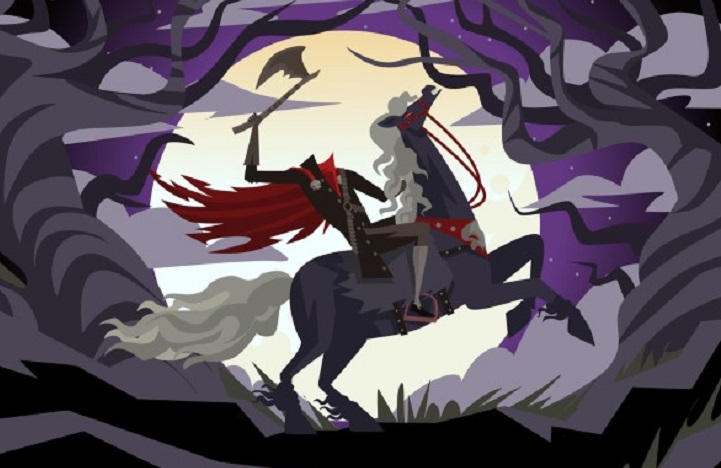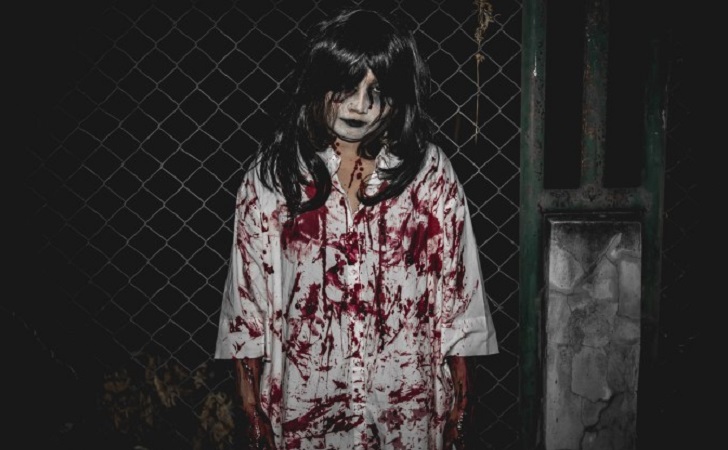
Urban legends and folklore have a unique way of shaping the cultural identity and atmosphere of cities around the world. These stories, often passed down through generations, blend history, myth, and imagination. In this article, we explore some of the most intriguing urban legends and folklore from various continents, uncovering the real-life inspirations and cultural impacts behind these tales.
North America: The Legend of Sleepy Hollow (New York, USA)Washington Irving's "The Legend of Sleepy Hollow" stands as a cornerstone of American ghost stories. The tale unfolds in the quaint village of Sleepy Hollow, where the lanky, superstitious schoolteacher Ichabod Crane competes for the affection of Katrina Van Tassel. His rival, Brom Bones, uses the local legend of the Headless Horseman to his advantage. According to the myth, the Headless Horseman is the ghost of a Hessian soldier who lost his head to a cannonball during the Revolutionary War. Each Halloween, the ghost searches for his missing head, instilling fear in the heart of Sleepy Hollow. This story has become synonymous with American folklore, influencing countless adaptations in literature, film, and annual festivities in Sleepy Hollow, drawing tourists to experience the legend firsthand.

The Green Man (Pittsburgh, USA)
The legend of the Green Man, also known as "Charlie No-Face," revolves around Raymond Robinson, a man severely disfigured in a childhood electrical accident. Despite his appearance, Robinson took nightly walks to avoid alarming people during the day. Over time, his nightly strolls became the stuff of legend, with locals sharing tales of encounters with the "Green Man." This urban legend underscores how real-life events can be distorted and mythologized, shaping public perception and local lore. It also highlights themes of curiosity, fear, and the human tendency to create stories around those who live on society's margins.
Europe: The Black Dog of Bungay (Suffolk, England)
On a stormy Sunday in 1577, the residents of Bungay, Suffolk, witnessed a terrifying apparition: a large black dog that burst into St. Mary's Church, causing havoc and allegedly killing two people. This spectral hound, often associated with death and misfortune, became ingrained in local folklore. The Black Dog of Bungay symbolizes the deep-rooted belief in omens and the supernatural that pervades English culture. Over the centuries, the legend has persisted, influencing literature and becoming a cultural touchstone that reflects societal fears and the mysterious elements of nature.

The Pied Piper of Hamelin (Germany)
The Pied Piper of Hamelin is a chilling tale that dates back to the Middle Ages. The story tells of a piper dressed in multicolored ("pied") clothing who was hired to rid the town of Hamelin of a rat infestation. When the townspeople refused to pay for his services, he used his magical pipe to lead their children away, never to be seen again. This legend, believed to be based on a historical event in which many children disappeared from Hamelin, serves as a powerful narrative about the consequences of broken promises and societal retribution. It has inspired countless adaptations in literature, music, and art, highlighting themes of betrayal, loss, and the supernatural.

Asia: The Weeping Woman (La Llorona) (Mexico)
The Weeping Woman (La Llorona) (Mexico)
La Llorona, or the Weeping Woman, is a pervasive legend in Mexican and Latin American folklore. The story tells of a woman named Maria who drowned her children in a fit of rage after being spurned by her lover. Consumed by grief and remorse, she drowned herself and is doomed to wander waterways, crying for her lost children. La Llorona is often used as a cautionary tale to warn children against wandering off at night. This legend reflects deep cultural themes of maternal sorrow, loss, and the consequences of one's actions. It also illustrates how folklore can be a means of imparting moral lessons and reflecting societal values.
Kuchisake-onna (Japan)
Kuchisake-onna, or the Slit-Mouthed Woman, is a haunting figure in Japanese urban legend. The story goes that a woman, mutilated by her jealous husband, roams the streets with her face hidden by a surgical mask. She approaches people, asking if they think she is beautiful. If they say no, she kills them with a pair of scissors; if they say yes, she reveals her grotesque, slit mouth and inflicts the same fate on them. This legend, with its roots in historical and societal fears, has been adapted into various forms of media, from films to manga. It embodies themes of beauty, revenge, and the fear of the unknown, contributing to Japan's rich tradition of horror folklore.

Africa: The Tokoloshe (South Africa)
The Tokoloshe is a malevolent spirit in Zulu mythology, described as a small, mischievous creature capable of great harm. According to legend, the Tokoloshe can become invisible by swallowing a pebble, and it is often invoked to explain misfortunes and mysterious occurrences. Belief in the Tokoloshe is so strong that some people in South Africa place their beds on bricks to prevent the creature from reaching them during the night. This legend highlights the ways in which folklore can influence cultural practices and societal behaviors, reflecting deeper fears and superstitions.
The Pink Dolphins of the Amazon (Brazil)
In the folklore of Amazonian tribes, the pink river dolphins, or boto, are believed to transform into handsome men at night to seduce women. These shape-shifting dolphins are said to wear white hats to cover their blowholes and often impregnate women, who then give birth to children with special abilities. This legend underscores the close relationship between the Amazonian people and their environment, reflecting the mysteries of the natural world and the cultural narratives that emerge from it. It also serves as a means of explaining phenomena and imparting moral lessons within the community.
Oceania: The Min Min Lights (Australia)
The Min Min Lights are mysterious, glowing orbs reported in the Outback of Australia. According to Aboriginal legend, these lights are spirits of the ancestors, watching over the land and its people. Modern scientific explanations suggest they could be a natural phenomenon, such as light refraction or bioluminescence. Despite these explanations, the mystery of the Min Min Lights endures, blending indigenous lore with contemporary curiosity. This legend highlights the interplay between traditional beliefs and modern science, illustrating how folklore can persist and evolve over time.

Maui and the Sun (Polynesia)
The Polynesian demigod Maui is celebrated for his numerous feats, one of the most famous being his capture of the sun. According to legend, Maui used a powerful rope to slow the sun's movement across the sky, giving his people longer days to complete their work. This myth, part of a rich oral tradition, underscores the values of ingenuity, resourcefulness, and heroism celebrated in Polynesian culture. It reflects the deep connection between the Polynesian people and their environment, illustrating how myths can serve to explain natural phenomena and reinforce cultural values.
Conclusion
Urban legends and folklore offer a fascinating glimpse into the cultural fabric of societies around the world. They provide not only entertainment but also a means of understanding historical contexts, societal fears, and communal values. By exploring these stories, we can appreciate the rich tapestry of human imagination and the ways in which our environments shape and are shaped by these enduring narratives.